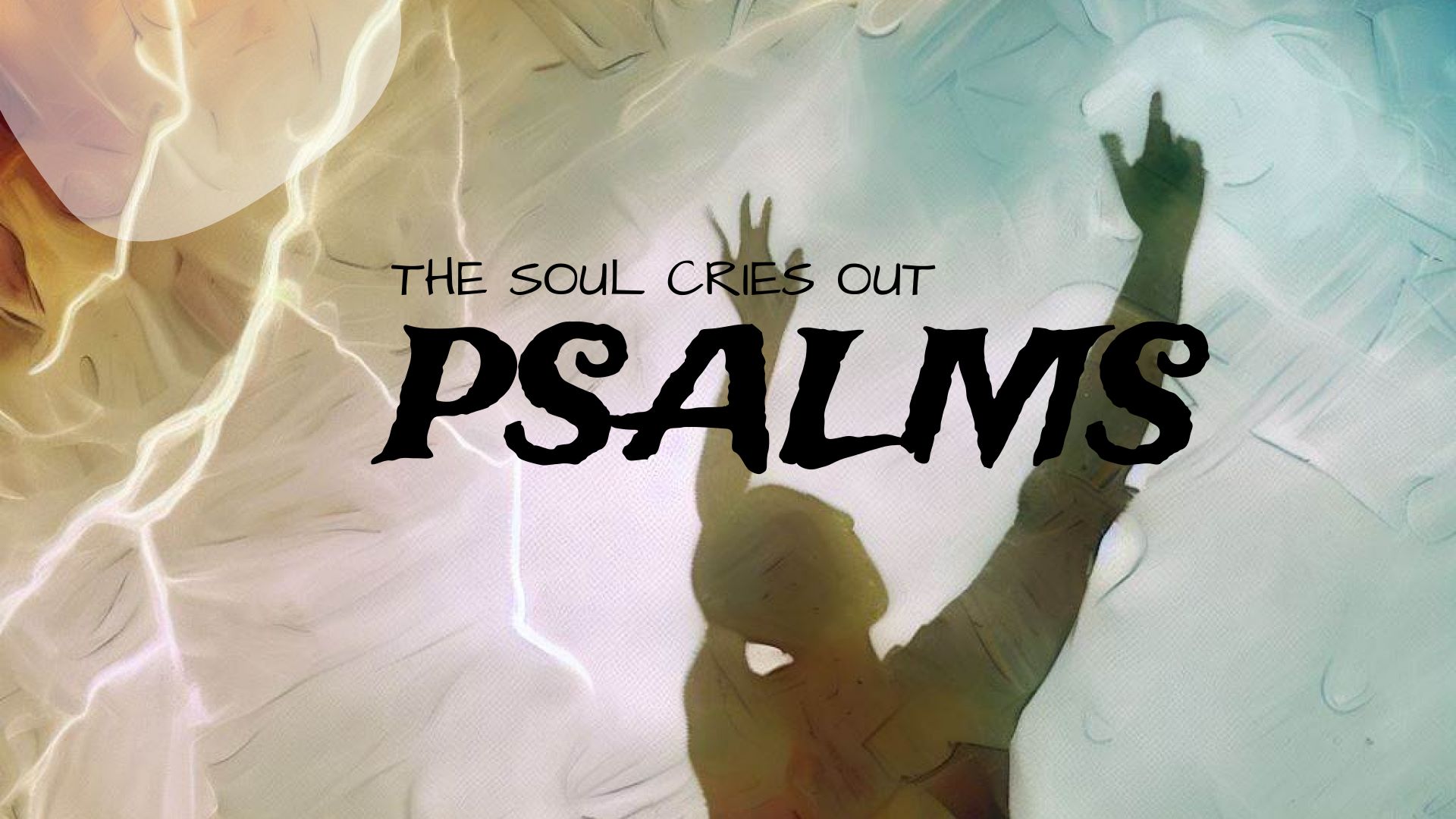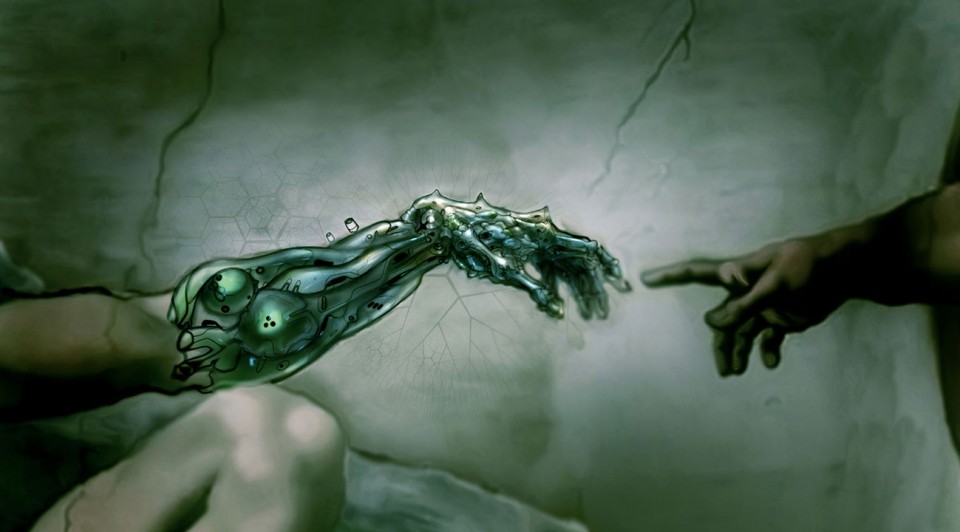After an agonizingly long interruption, we return to our four-part series reflecting on Ephesians 6:4 and the command for parents not to provoke their children to anger. For a refresher, see part 1 and part 2 (they are really important for what is coming). As promised, in this post we will give brief thought to the way psychology contributes to our understanding of the covenantal relationship between children and parents. I have so far maintained that provoking a child to anger is accomplished through treating the child wrong in the very area of life where they have just expectations to be treated right. Psychology and child development theories lend some insight into better answering the question, “What are the legitimate expectations children have of their parents which, if not met, should result in anger.”
Consider the following big idea: parents should play a major role in child developing “life skills” and “civilization skills.” This probably sounds pretty obvious. But since the Bible speaks a great deal about how parents should help their children develop “life skills” and “civilization skills” (see the book of Proverbs), why bother with psychology at all?
Two reasons: (1) you are already borrowing from psychology, whether you know it or not, so why not be intentional about it, and (2) a lot of the biblical guidance on parenting aims mainly at the goals rather than the details. But in the throes of parenting, we are often grappling with detail questions. To avoid provoking children to anger, we stand to benefit from knowledge about what is normal for children in terms of their abilities at any given stage of life. Here enters psychology and child development studies.
You already borrow from psychology
“Why are they behaving like such children?”
Someone once shared that phrase with me, and it has proven a useful way to keep my sanity as I watch my own kids with a sense of bewilderment. Embedded in that phrase is an assumption, which you probably so firmly agree with that it passes by without a second thought. Namely, that children are different from adults. Not just that they are miniature adults, but actually different. This assumption comes to us through psychology and/or child development studies.
“In the modern study of child development, we simply take for granted that children are fundamentally different from adults. Yet, for much of human history, kids were simply seen as smaller versions of their adult counterparts.”
Kendra Cherry, 7 Major Theories of Child Development
Even if you are making every effort to be stringently biblical in your parenting and avoid different “theories” developed by so-called “specialists” with dubious claims and motives, as like as not, the very way you think about children and the path of growing up is laid for you through modern child development theories that have become part of our collective unconscious as a culture. But, let us not naively rush in. The world of child development study is a mess.
Untangling the mess
There are many different theories of child development. I am not a specialist at any and have been impacted by several.
Check out a summary of 7 Major Theories of Child Development here. Many of them probably sound familiar to you.
Rather than look deeply into one theory, I want to suggest some broad ways that child development theories can help flesh out what a child can legitimately expect from their parents. Because, remember, the idea here is that Ephesians 6:4 works by assuming some sort of “covenantal” relationship between children and parents. As such, certain ways parents can treat their children violate the norms and justly result in an angry child. We can find some guidance regarding what children can justly expect from their parents by looking at the way God created children and the needs they have in the process of growing to maturity.
Given that:
- children are different from adults
- children are becoming adults
- parents (or primary-caregivers of any stripe) play an outsized role in this process
it follows that insight on how human beings in general make the transition from children to adults will help us flesh out our model of what children can and should expect to receive in some fashion from their parents.
Broadly speaking, children can expect that their parents give them “survival skills” and “civilization skills.”
Navigating life today
Within the parent-child relationship it is the parent, not the child, who primarily has the wisdom necessary for survival and thriving within society. Note that this balance changes more and more as a child gets older. A parent knows far more than their 3-year-old about survival and civilization; their 13-year-old knows more about certain aspects of survival and civilization than they do. But, on balance, wisdom about life in society really does increase with age, which leaves the average parent ahead of their child, at least for childhood, and likely in certain ways for life. “Within society” is important. Humans are social beings. Especially in modern society, our survival is more dependent on how we work together than with knowing direct survival skills.
An immense amount of parent-child friction comes from parents implementing guards against the impulses of their children. While frustrating for children, these guards play the key role of preparing the children for survival and life in society. These rules range the familiar gamut:
- yes, you have to eat your vegetables and not just ice cream and candy (even if they taste good)
- no, you can’t play in the street
- no, just because watching videos online is fun doesn’t mean you get to do it all the time
- yes, you need to come in and say hello to your grandma and grandpa and not just sulk in the car
Parents (or other types of primary care-givers) play an enormous role in the constant give-and-take of nitty-gritty decisions and debates about what is and isn’t good for their child at this exact point in time.
The list is endless, familiar, and both frustrating and difficult to navigate. In broad strokes, the friction emerges as parents implement rules that direct and constrain their children into certain patterns of living which enable their survival (health, well-being, etc.) and their ability to live in your culture (politeness rules, honor, shame, work ethic, etc.). No child comes pre-programmed with everything they need to live successfully. First, they can’t even stay alive. Second, the demands of your particular culture are enormous and require years of constant immersion and teaching before a child is adept enough to navigate them. Parents (or other types of primary care-givers) play an enormous role in the constant give-and-take of nitty-gritty decisions and debates about what is and isn’t good for their child at this exact point in time.
While we will consider many things Scripture does have to say about parenting in the next post, it does not answer for us whether 15 minutes or 2 hours or 6 hours of screen time is too much in a day. It does not tell us when our children should be entrusted with a phone, or a car, or money. It does not tell us what situations it is appropriate to raise your voice at your children. When you are to stick to your guns and when it is okay to change your mind. It doesn’t even tell us how often having ice cream is wise. There are no shortage of practical, in-the-trench parenting questions which Scripture does not answer.
Should you just follow your gut? That is often the case. After all, a big role of wisdom is allowing us to generate reasonable answers to novel problems. But studies of child (and human) development help flesh out the answers we can give. It really isn’t in your child’s best interest to let them watch 6 hours of daily screen time, be endlessly involved in social media, skip out of school, or forego eating broccoli because mealtime goes better when you just focus on dessert.
With novel problems emerging seemingly left and right calling for parents to try to navigate them—and help their kids navigate them—it seems like parents need to be experts at everything. Realistically, the best any of us parents can hope for is that our successes will not be overwhelmed by our failures. But, the biblical vision of parenting calls for parents to be deeply involved in setting boundaries, negotiating rights and privileges, and in all ways trying to guide their kids into wisdom. Getting a little help along the way can be helpful.
Adjusting aims and expectations
Perhaps one of the greatest benefits bequeathed to us through these sorts of child development studies is information that can help parents adjust their aims and expectations. Yes, in fact, you are going to have to say the same thing 200 more times before your child remembers it. Repetition is crucial to how they learn. And no, you are not imagining things, your teenager doesn’t hear you as well as they used to. In fact, their brain is shifting to be able to hear more people in general better, which means that you lose some of your privileged status in the corridors of their brain (sorry). Whether sinless children would have needed 200 repetitions or sinless teenagers ever would have missed your voice in a crowd or not, who knows (I suspect they still would have). But the kids we have today mostly follow predictable patterns of development with certain skills, abilities, and desires changing over time.
Knowing a few things about childhood development can help us parent with less frustration (at least theoretically). The biblical vision of parenting focus more on the long-game—what kind of person children should end up being. Adjusting our expectations and methods to better hit where our children are at developmentally as they age will help us get them there. After all, there are few things as frustrating in life as when someone is angry at you and you are not sure why. That happens often in childhood.
Moving on
Much more could be said and has been said elsewhere. A big part of parenting is the on-going negotiation of who is in control of what between parents and children. Since
- there is no perfect blueprint for any of the complicated questions involved
- all parties involved are sinners, and
- all parties involved are acting out of their own web of inscrutable and complex emotions, desires, assumptions, and beliefs about how the world does and ought to work
there will be endless opportunities for anger to rear up. Learning about child development from various psychological theories can clue us in to some of the inscrutable factors driving our children and give a little bit of practical guidance for the many specific questions parents must navigate with their kids on a daily basis.
Stay tuned for part 4, discussing some more specific biblical themes. After all, raising healthy, successful children who function well in society is wonderful, but it is short of the biblical mandate. God’s intentions for parents include other key ideas and children have an inherent right to receive them from their parents.







